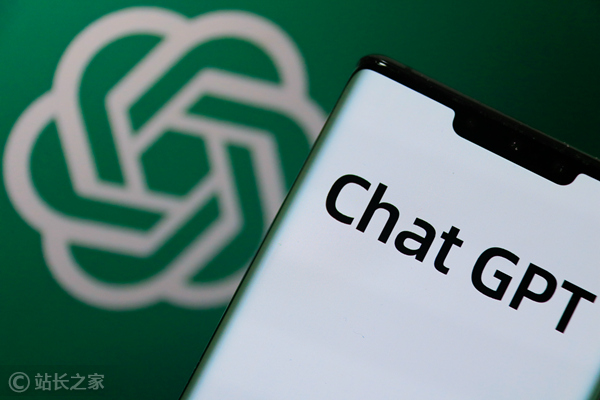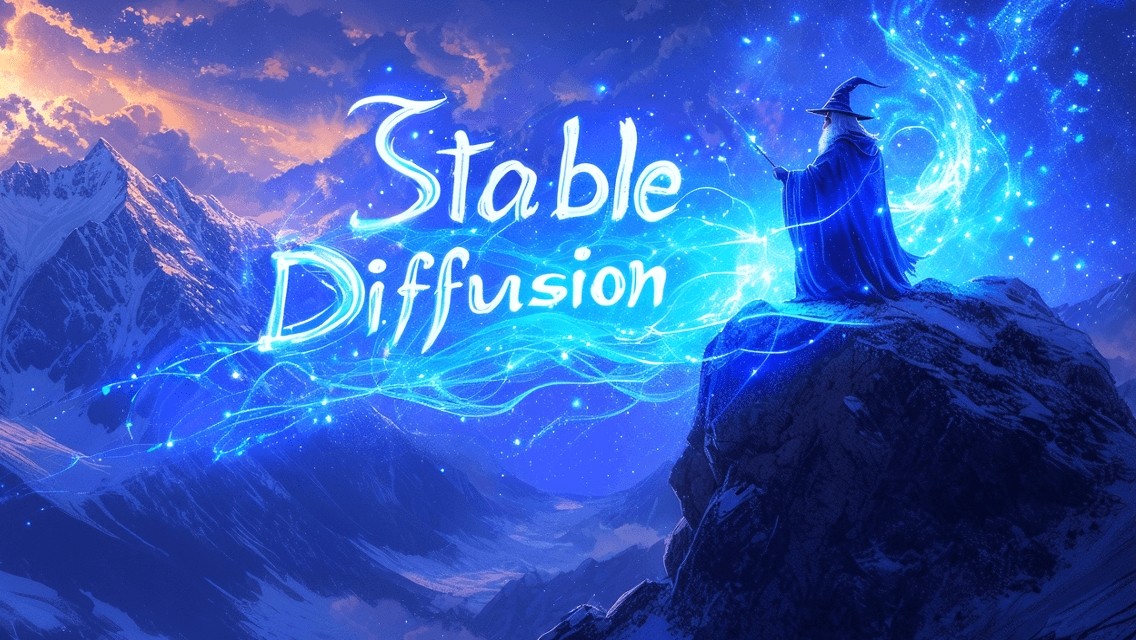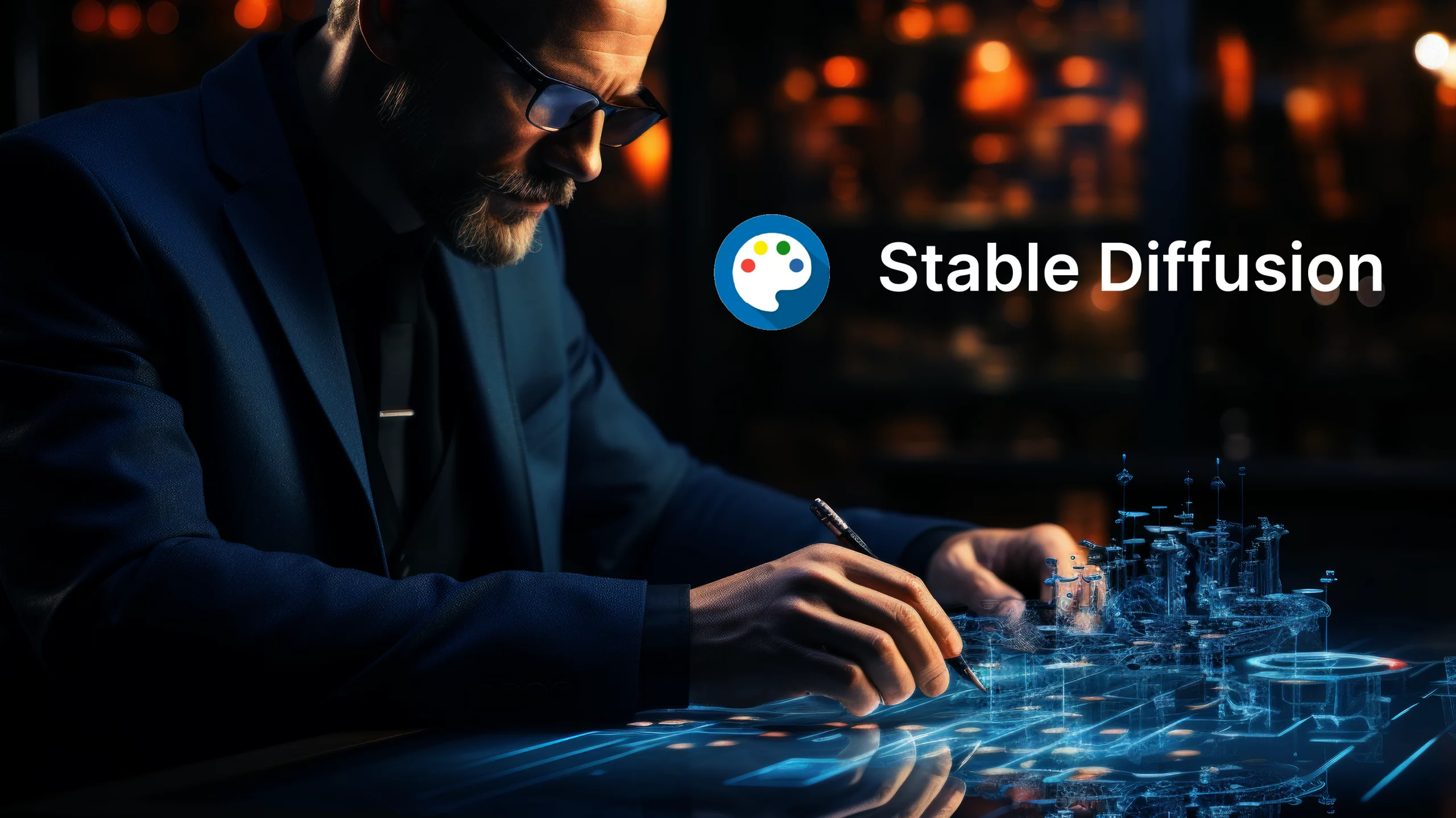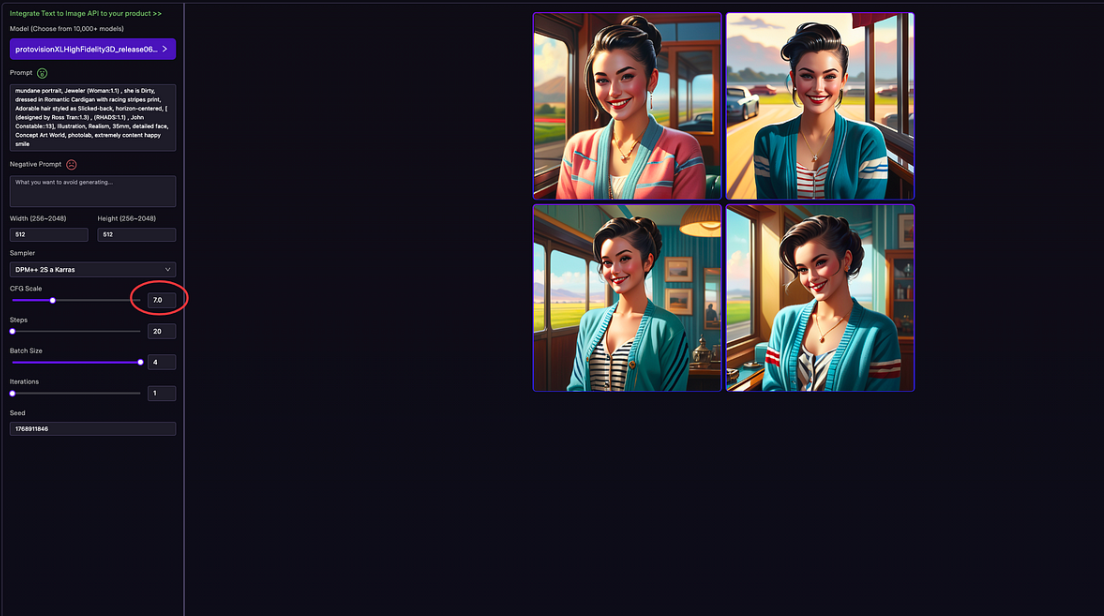OpenAI CEO Sam Altman recently revealed on social media that although the monthly fee for ChatGPT Pro reaches US$200, the service is still difficult to make a profit. “The crazy thing is: we’re currently losing money on OpenAI Pro subscriptions!” he said, noting that user usage was far higher than expected, causing operating costs to rise.

Altman's remarks coincided with OpenAI's announcement a month ago that it would price the Pro version of its ChatGPT service at $200, which is ten times the cost of a Plus subscription. For this fee, users receive unlimited access to advanced voice features and access to o1 professional models, which provide the best answers to complex questions.
However, it was clear that the new, high-priced version had been warmly received by users, which surprised Altman. He also mentioned that he set the price himself and believed that the price could bring profit. But what exactly caused the loss? Although Altman didn't explain in detail, it may have something to do with the way OpenAI's o1 model works.
Generally, large language models are better at maximizing hardware utilization when processing users simultaneously, but the o1 model adopts a "Chain of Thought" approach to solve problems step by step. This method usually generates more tokens than traditional models (such as GPT-4), and more tokens means longer generation time, which consumes more hardware resources and leads to higher operating costs.
It is still unclear how OpenAI will adjust the subscription fees of ChatGPT Pro to improve revenue. Whether it will tighten the strategy of "unlimited" use of high-cost models is still unknown.
Meanwhile, OpenAI's profitability challenges come at a critical time in its transformation into a profitable business. The company recently announced that its for-profit arm will transform into a public benefit company (PBC) in order to attract more investment. Under the new structure, the PBC will be responsible for operations, while the not-for-profit arm will retain significant influence over the for-profit arm.
Despite facing profitability pressure, OpenAI recently successfully raised US$6.6 billion in funding to support its future development. In addition, Altman expressed confidence in the future of artificial intelligence in a blog post, believing that the company has mastered the method of building general artificial intelligence (AGI), and predicted that AI agents will join the labor market in 2025.
AI courses are suitable for people who are interested in artificial intelligence technology, including but not limited to students, engineers, data scientists, developers, and professionals in AI technology.
The course content ranges from basic to advanced. Beginners can choose basic courses and gradually go into more complex algorithms and applications.
Learning AI requires a certain mathematical foundation (such as linear algebra, probability theory, calculus, etc.), as well as programming knowledge (Python is the most commonly used programming language).
You will learn the core concepts and technologies in the fields of natural language processing, computer vision, data analysis, and master the use of AI tools and frameworks for practical development.
You can work as a data scientist, machine learning engineer, AI researcher, or apply AI technology to innovate in all walks of life.







